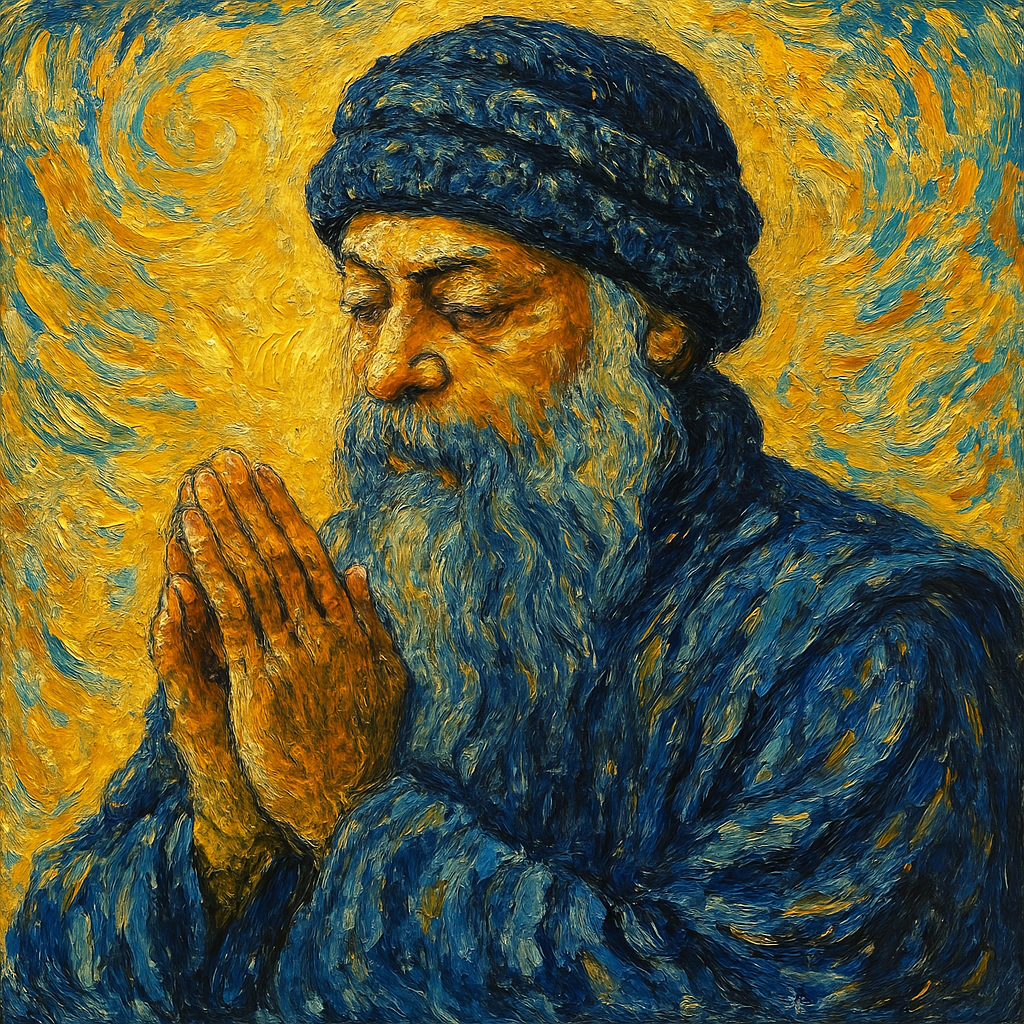The Trials and Tribulations of Osho
Osho faced intense stigma, from legal battles in the U.S. to social rejection worldwide. Branded as a controversial mystic, he was accused of cult-like influence and deported. Yet, he embraced opposition with resilience, turning criticism into a dialogue on freedom and consciousness.

Introduction
Osho, originally known as Bhagwan Shree Rajneesh, remains one of the most polarizing spiritual figures of the 20th century. His radical views on spirituality, free love, and material wealth clashed with conventional religious and societal norms, leading to widespread stigma. While he garnered a massive following, he also attracted intense scrutiny from governments, religious groups, and the media. His journey from India to the United States, and eventually back to India, was marked by legal battles, deportation, and social ostracization. This article explores the various stigmas he faced, their impact on his life, how he navigated them, and what we can learn from his experiences.
The Stigma Osho Faced
Osho was perceived as a threat to traditional values, both in India and abroad. His teachings on spirituality and personal freedom directly challenged organized religion, capitalism, and social hierarchies. This led to several forms of stigma, including:
Religious and Cultural Backlash
From the outset, Osho’s teachings were controversial. In India, his criticism of Hindu orthodoxy, rejection of asceticism, and embrace of material wealth led to alienation from mainstream religious circles. He openly mocked revered figures and scriptures, leading to protests and even threats of violence. Many viewed him as a cult leader rather than a spiritual teacher, and the stigma associated with being a "guru of excess" followed him throughout his life.
Legal and Political Challenges in the United States
In 1981, Osho and his followers established Rajneeshpuram in Oregon, a self-sustaining commune meant to embody his teachings. The local population, government agencies, and media perceived the commune as an invasion. Accusations of cult-like behavior, illegal immigration, and attempts to manipulate local elections escalated tensions. This culminated in legal battles and one of the largest bioterror attacks in U.S. history, orchestrated by some of Osho’s followers without his direct involvement. The federal government eventually arrested him on immigration fraud charges, leading to his deportation in 1985.
Media and Public Perception
Osho was painted as a dangerous cult leader by the media. The sensationalism surrounding his collection of Rolls-Royces, his embrace of sexual freedom, and the legal troubles of Rajneeshpuram cemented a negative public image. Even after his return to India, he continued to face stigma, with governments in multiple countries refusing him entry. His health declined, and his movement fractured, though his teachings survived.
How Osho Handled the Stigma
Osho did not retreat into silence. Instead, he responded to the stigma in the following ways:
"Truth is not something outside to be discovered, it is something inside to be realized."
- Speaking Openly: Osho continued delivering discourses, dismantling the accusations against him and critiquing the media’s role in shaping public perception.
- Using Humor: He often used wit to expose hypocrisy, deflecting attacks without direct confrontation.
- Reinvention: After returning to India, he rebranded himself, dropping the name Bhagwan Shree Rajneesh and adopting "Osho," allowing for a fresh association untainted by past controversies.
- Avoiding Retaliation: Unlike many persecuted figures who fight back aggressively, Osho rarely called for direct resistance. Instead, he viewed stigma as part of the journey of enlightenment.
- Remaining True to His Philosophy: Despite global rejection, he did not compromise on his teachings, continuing to speak on controversial topics like free love, existentialism, and societal conditioning.
"The moment you accept yourself, you become beautiful."
Lessons We Can Learn
Osho’s life offers valuable insights into dealing with stigma, particularly for those who challenge the status quo:
- Perception is Not Reality: Public opinion is shaped by media, cultural bias, and fear. Being stigmatized does not mean one is wrong.
- Rebranding Can Be a Strategy: By shifting from "Bhagwan" to "Osho," he demonstrated that changing how one presents oneself can help navigate societal rejection.
- Resistance is Not Always Loud: His response to stigma was not to fight aggressively but to persist in his work without validation.
- Stigma Can Have a Purpose: The opposition he faced paradoxically helped spread his teachings, making him a globally recognized name.
- Humor is a Powerful Shield: He used laughter to dissolve hostility, making even his fiercest critics question their biases.
"Courage is a love affair with the unknown."
Conclusion
Osho’s journey from a radical thinker in India to a controversial spiritual leader in the U.S. and back again is a case study in the power and burden of public perception. His life illustrates how deeply stigma can affect an individual, especially one who challenges deep-seated societal norms. Yet, he also showed that while stigma can wound, it does not have to define one's legacy. His teachings remain influential, reminding us that true freedom often comes at the cost of being misunderstood.
His ability to persist despite relentless opposition serves as a lesson in resilience for anyone navigating societal judgment. In a world where stigma is often wielded as a weapon against the unconventional, Osho’s story is a testament to the enduring power of authenticity.
